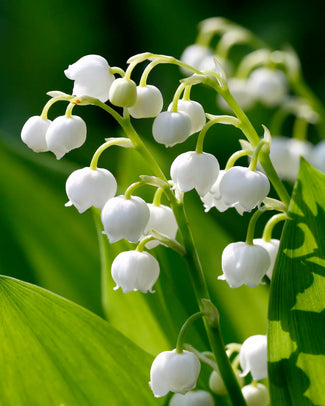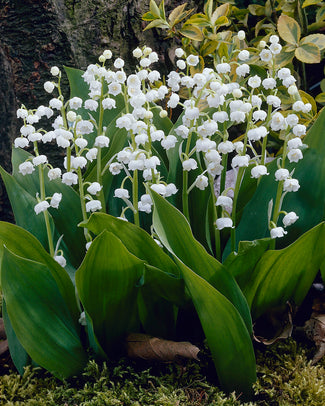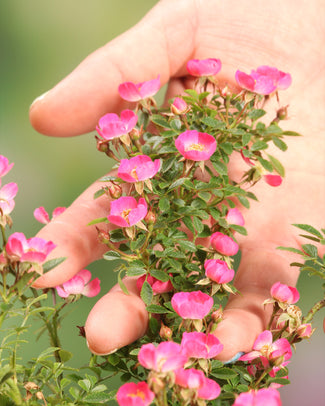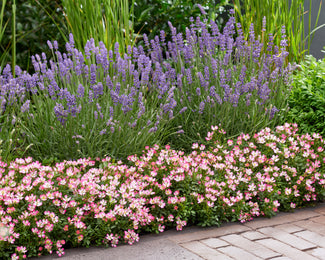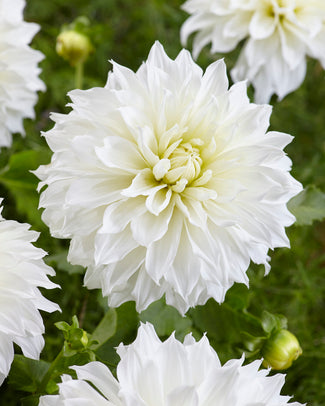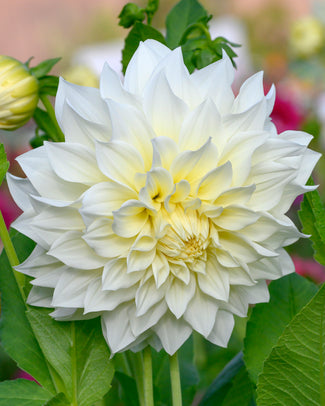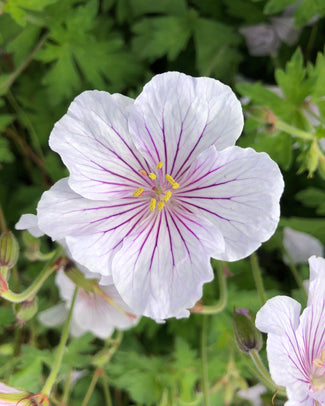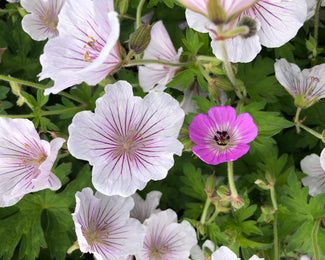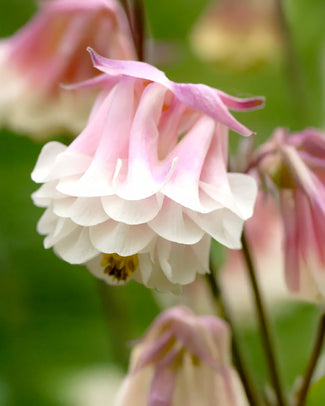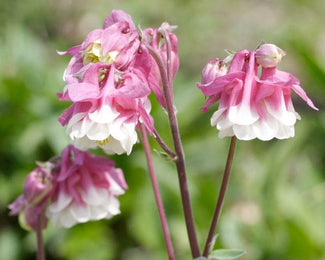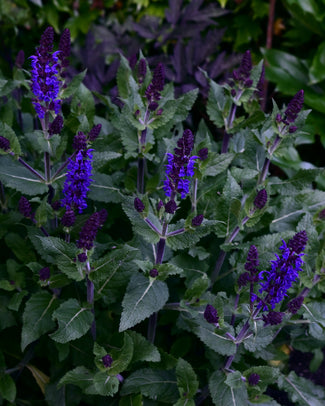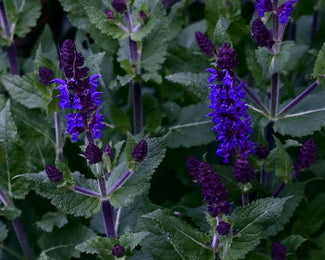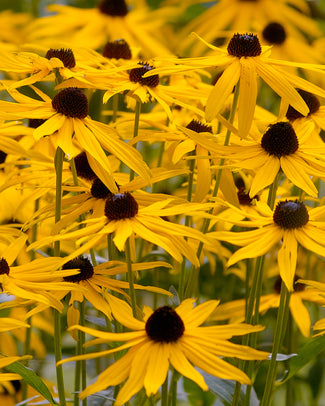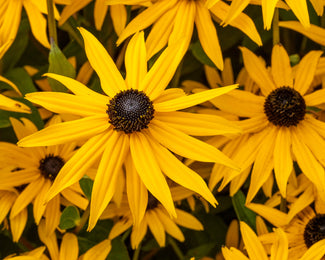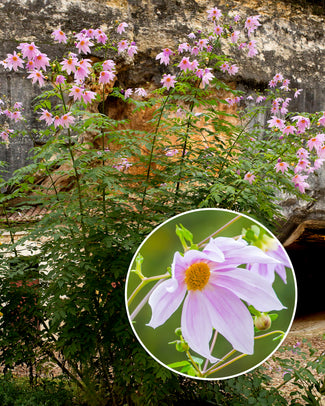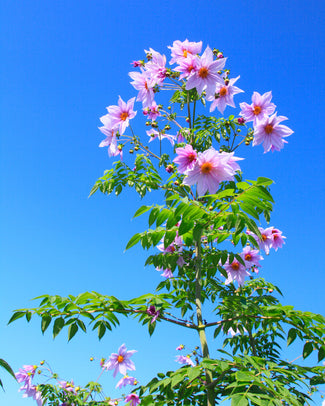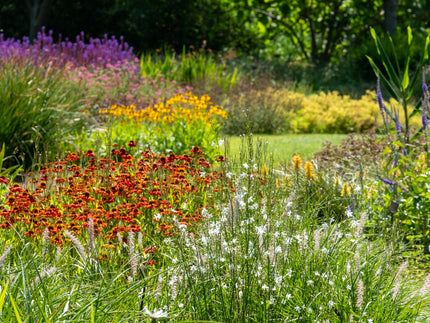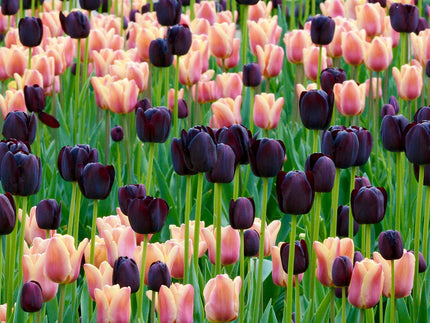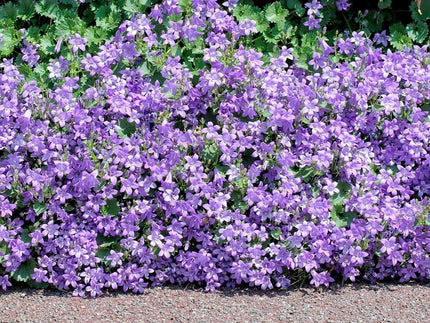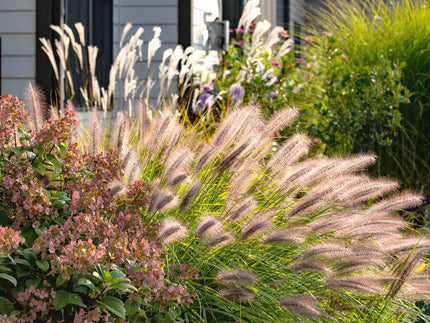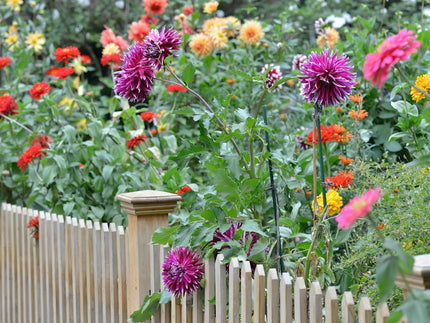How to plant Campanula
Campanula are a diverse genus ranging from tall perennials to low creeping ground cover plants. Despite their differences they are all versatile and easy to grow, with a wide range of uses around the garden. Commonly known as Bellflowers, these hardy perennials are famed for their long-lasting display of summer blooms, which entice bees and other pollinators to the garden.
Upright species like Campanula superba are cottage garden essentials. Mingling seamlessly into herbaceous borders, they partner beautifully with other summer flowing perennials. Lower growing, dwarf species such as Campanula portenschlagiana can be planted en masse to create colourful groundcover; tumbling from rockeries, spilling over low walls or spreading along paths to gently soften their edges. Although some species are more adaptable, most Campanulas prefer a moist but well-drained soil, in any sunny or semi shaded spot.
Campanula are easy to care for and require little maintenance once they're settled in. You will need to give them extra attention to begin with to help them get off to a strong start, here's what to do:
How to plant:
—Whether your plants are supplied on spring or autumn, plant as soon as possible after delivery (ideally within a week). Campanula plants supplied as root balls will require watering soon after delivery - if you're not planting them immediately, you can remove the rootball from the packaging and sit it in a tray with a little water. Bare root Campanula should be soaked for 3-6 hours prior to potting.
—Campanula are supplied either as 9cm root balls (like a potted plant with soil on the roots) or as bare root plants (without soil). It's possible to plant 9cm root-ball Campanula plants directly into a clear space in a well cultivated border, depending on the soil type, moisture levels and growing conditions in the border. The soil would need to be rich, free-draining and weed free. Avoid planting them directly into a space which will become over-crowded by more established plants during the growing season. If the growing space has more challenging growing conditions, e.g. poor soil or it is densely planted with other plants, it is recommended to pot up root-ball plants into 15-20cm pots and grow them on outdoors until they are larger before planting them into the border. When they're more established, they will be able to cope better with the conditions.
—Campanula supplied as bare roots should be potted up in individual temporary pots with multipurpose compost and grown on outdoors, this will give them an easy start. Once established in their pots, Campanula can be transplanted to borders, allowing 30-50cm between each plant. Different varieties will vary in size so please check the expected spread on the individual product pages.
—Plant bare roots or root balls so that the root system is fully submerged in the compost, leaving the buds/crown just below the surface. If the plants have top growth/leaves, this should be left above the soil surface with the roots submerged in the soil.
—If planting root ball plants directly into a clear border, choose a sunny or partially shaded position with rich, free-draining soil with at least 30cm of space around it. Add multipurpose compost to each planting hole to help the new roots grow.
—Water-in after planting and continue to water regularly whenever the soil feels dry 3-4cm below the surface.
—Grow potted Campanula on in a sheltered spot outside. They can be transplanted into borders after 2-4 months, or once growth is established and the plant easily comes out of the pot with the soil held intact by the roots.
—When transplanting to borders, choose a position in sun or semi shade. Bell Flowers flourish in moist, well-drained soils, but can tolerate a hot, sunny spot provided that the soil remains damp. Water-in after planting and keep hydrated when in growth, particularly during the first year.
— Campanula are hardy perennials, there is no need to protect them from frost over winter, although newly-potted plants may need some cover during cold snaps.
Aftercare:
—There should be some buds or shoots visible on the plants/bare roots when they are supplied. After planting, the buds or shoots should continue to grow and produce leaves. When planting in autumn, they may produce some initial growth and then become dormant and stop making progress through winter - they will resume growing the following spring. They do not always produce flowers in the first year.
—Depending on the species, Campanulas can be evergreen or deciduous. The stems and foliage of deciduous varieties will naturally die back in late autumn. New growth will emerge in spring.
—Deadhead the faded blooms on taller upright species from the base of the stem after flowering. Spreading species do not require deadheading.
—These perennials are fully hardy and do not require winter protection once well established. However, plants potted in the autumn will benefit from some shelter from heavy winter rainfall in their first year.
—Taller upright species can be cut down to 3cm above soil level in autumn. Established clumps can be divided in early spring if they become overcrowded.
Read further general instructions about planting bare-root perennials





















































































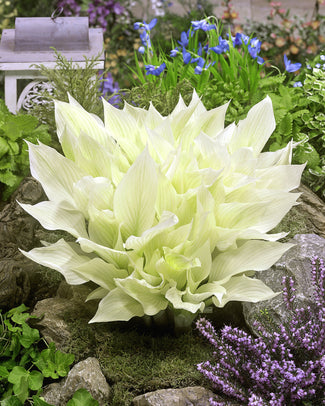
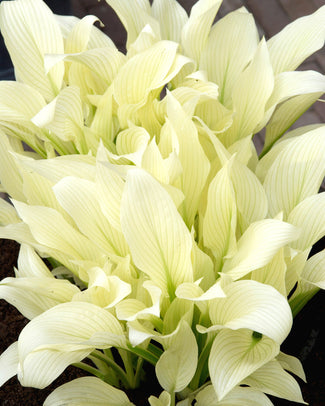
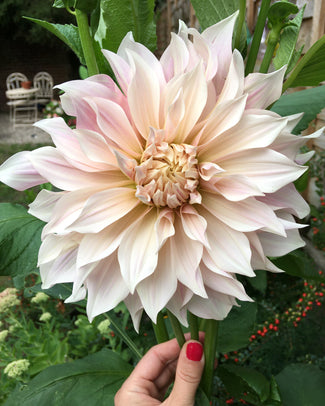
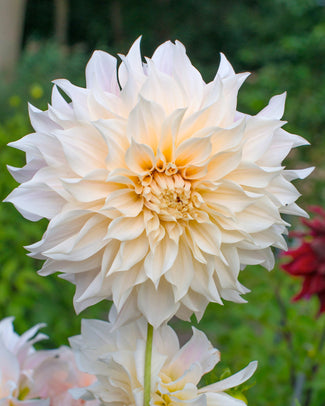
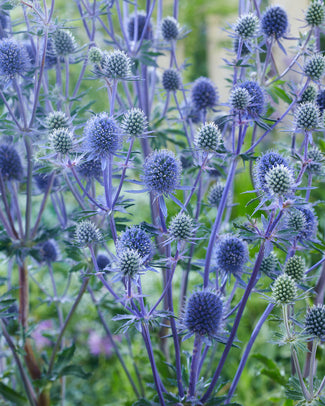
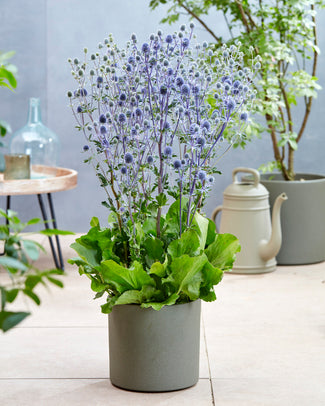
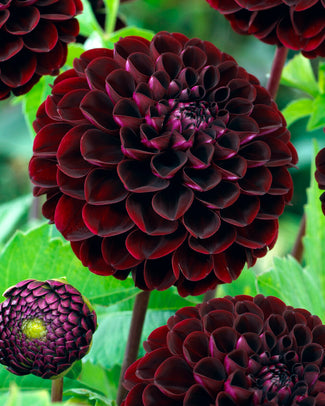
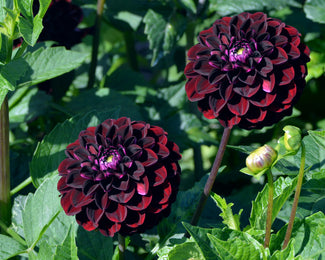
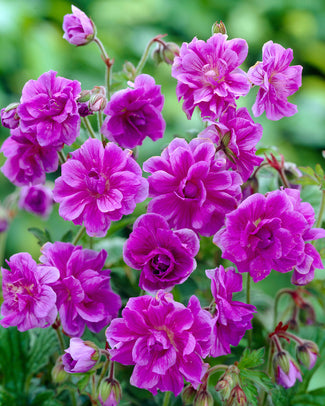
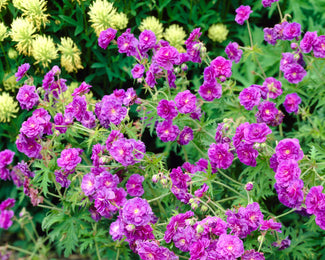
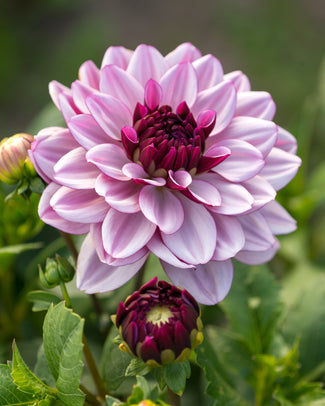
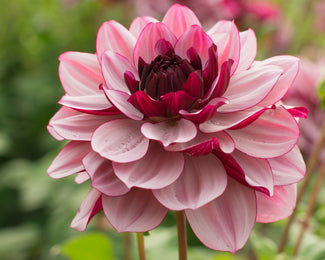
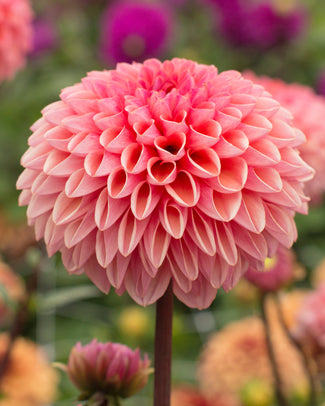
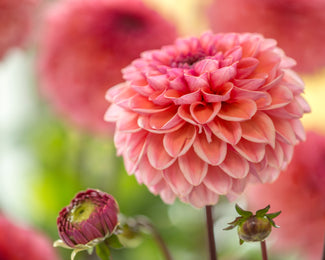
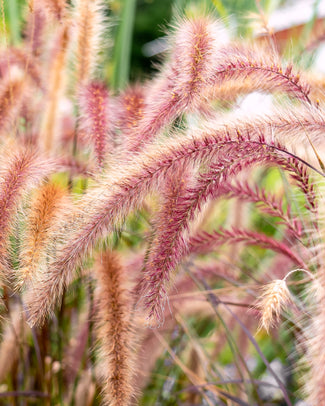
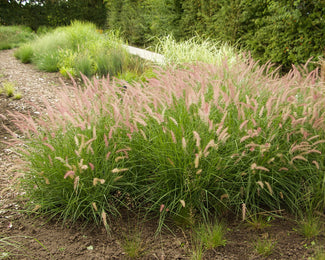
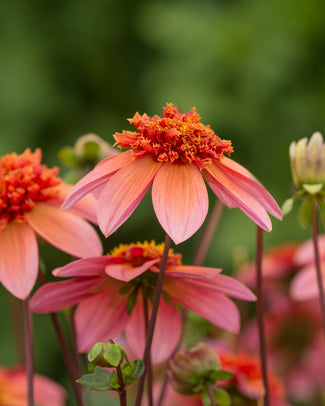
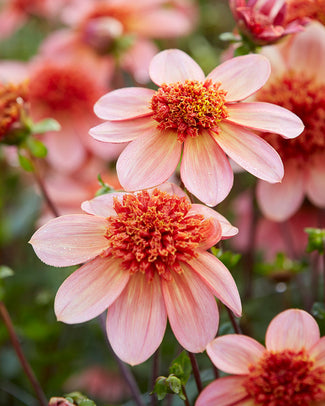
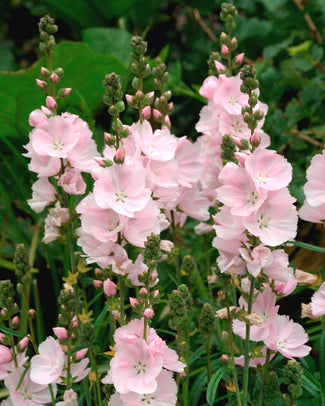
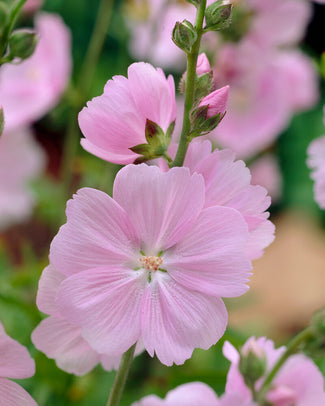
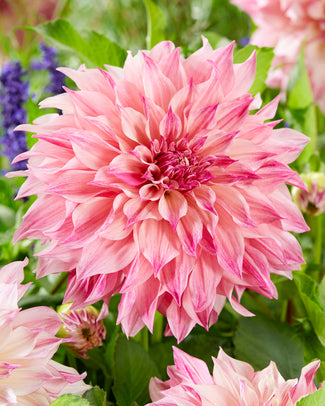
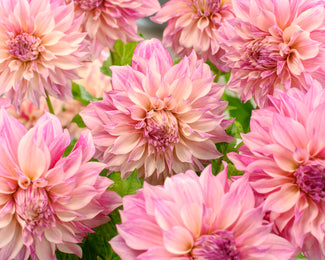
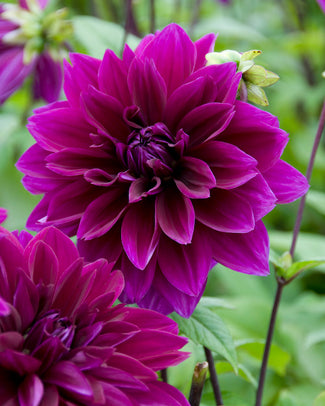
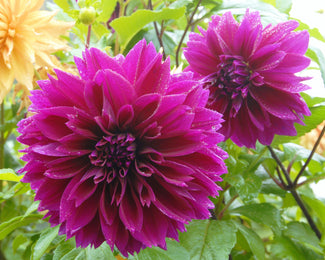
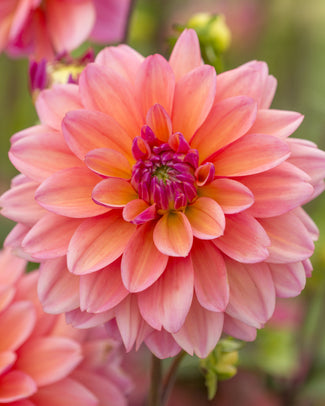
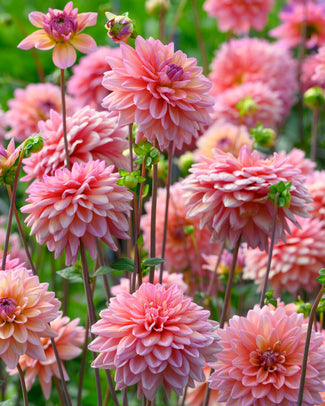
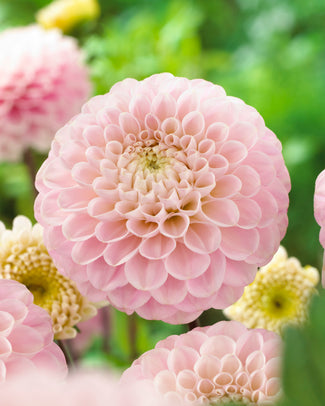
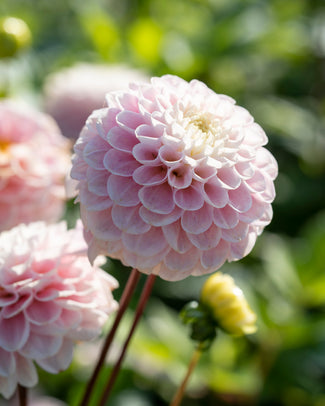
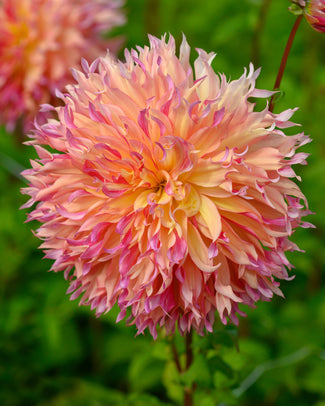
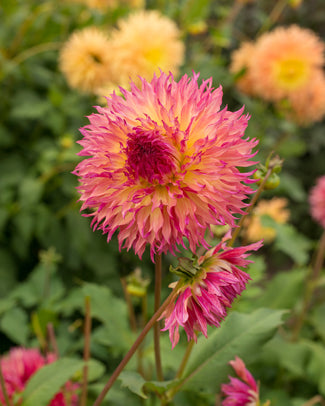
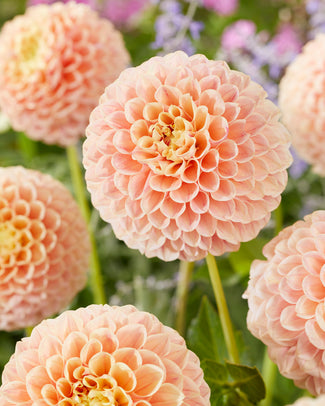
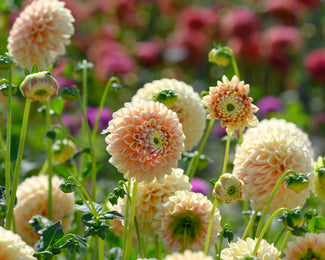
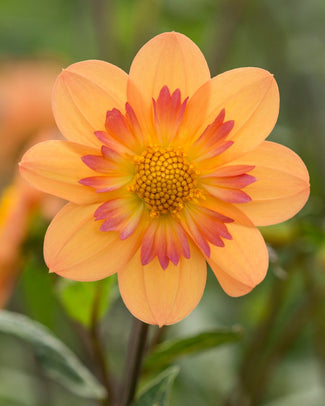
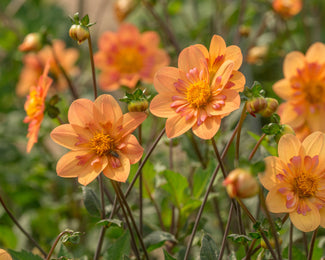
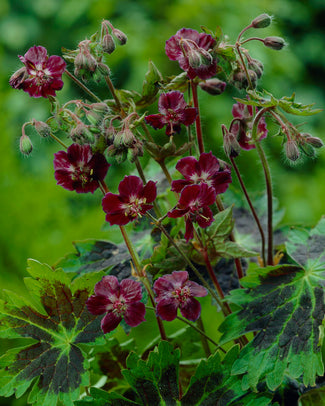
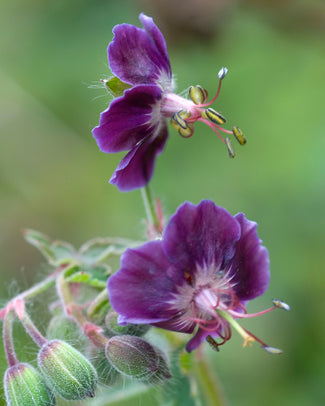
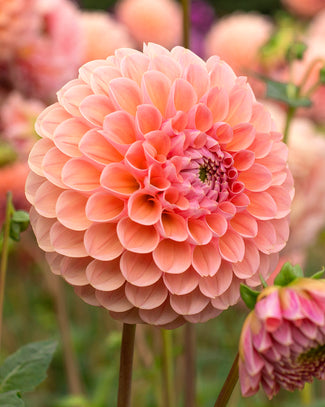
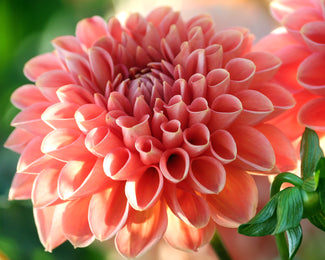
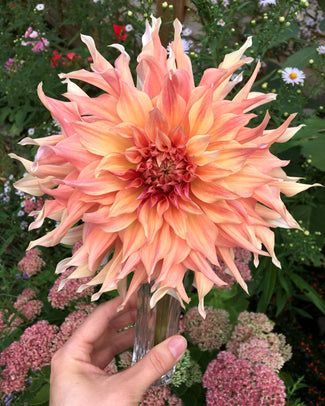
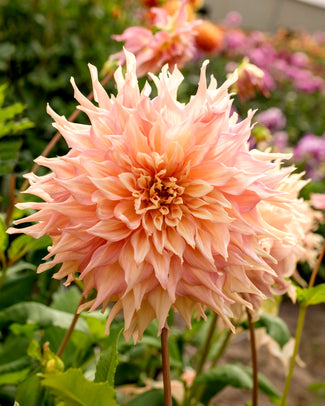
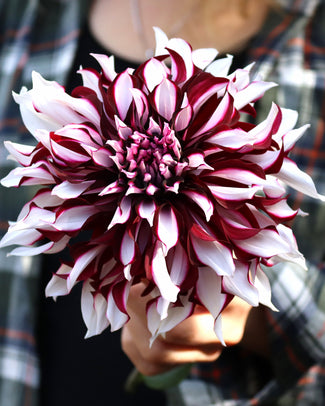
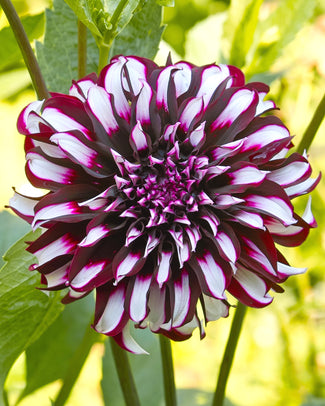
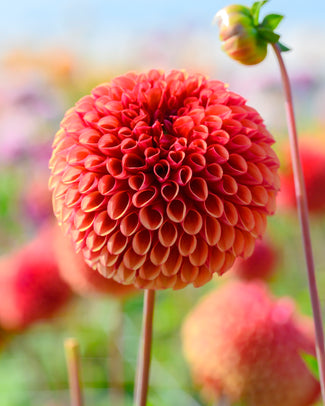
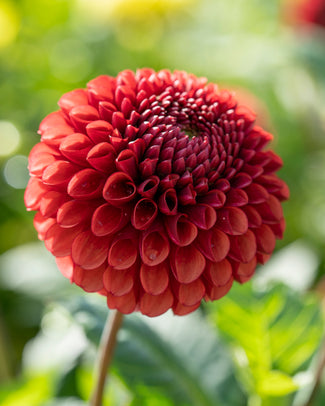
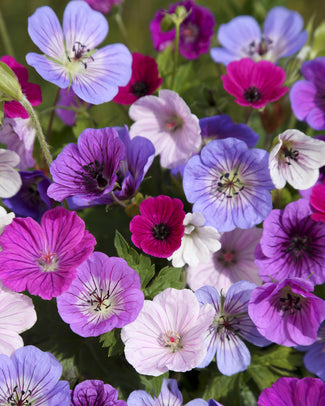
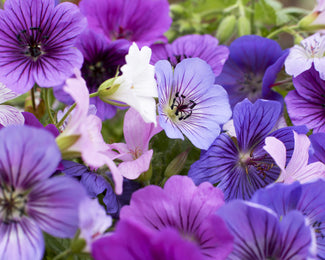
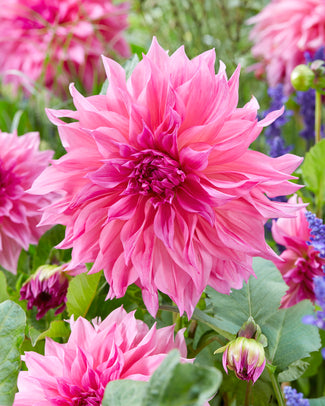
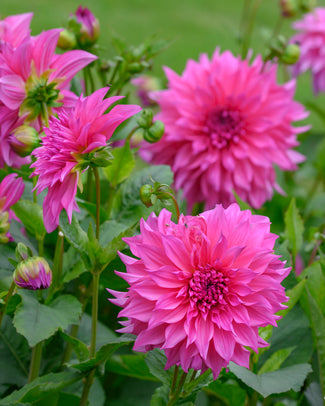
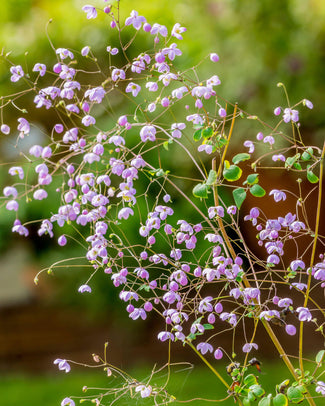
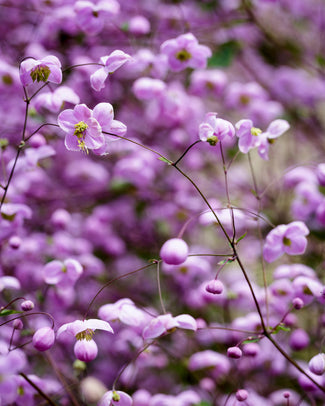
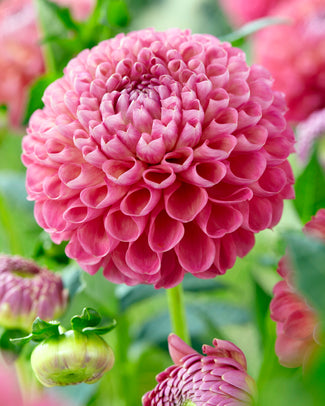
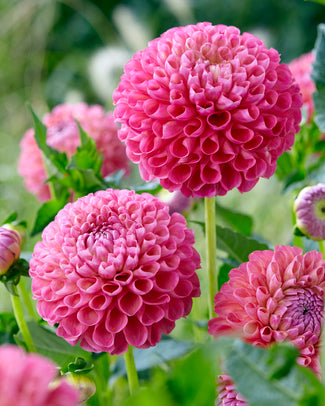
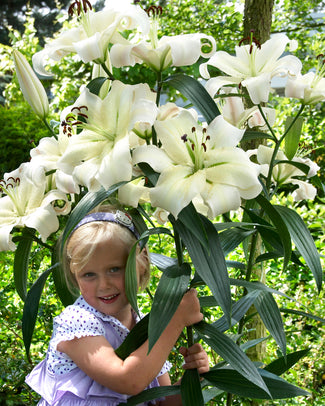
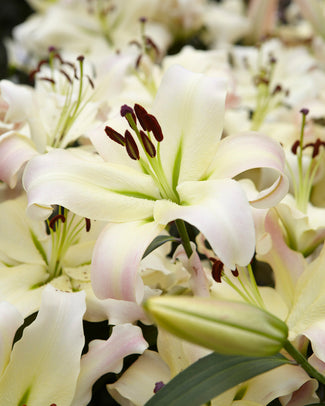
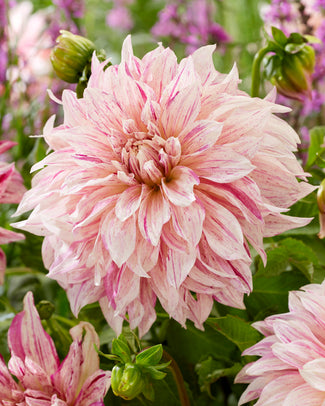
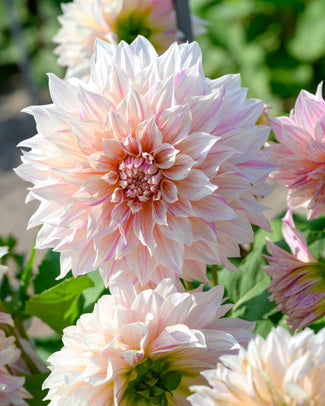
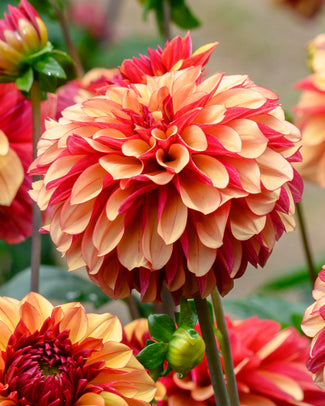
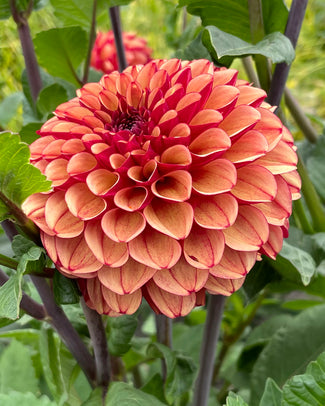
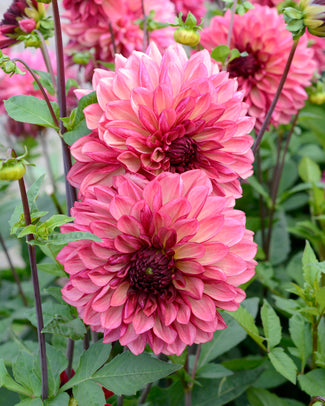
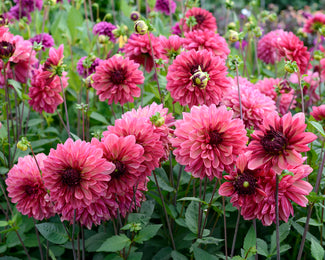
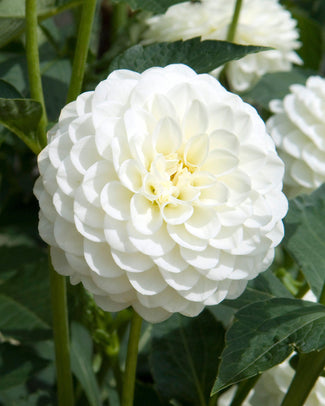
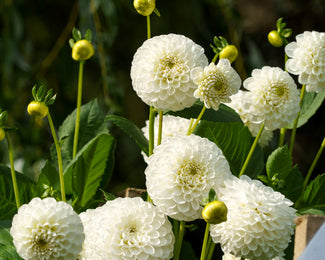
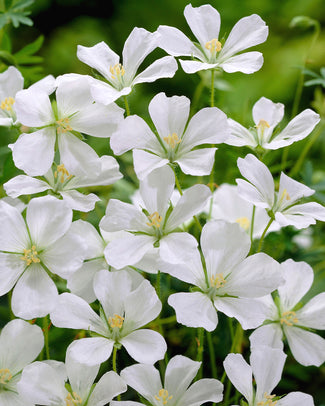
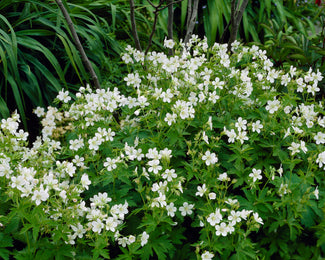
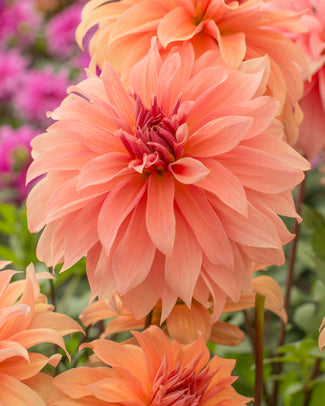
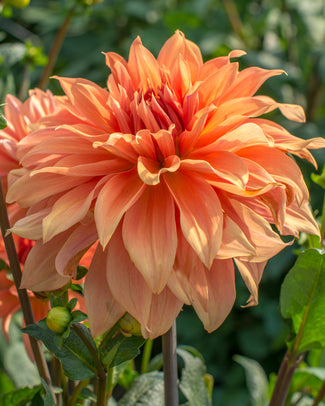
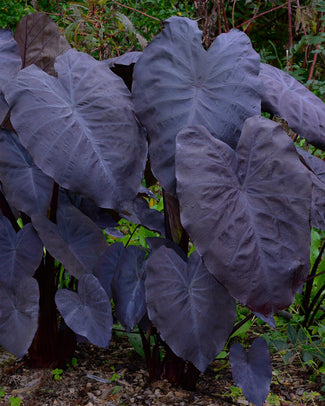
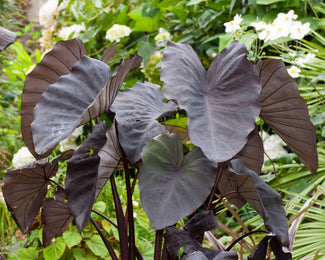
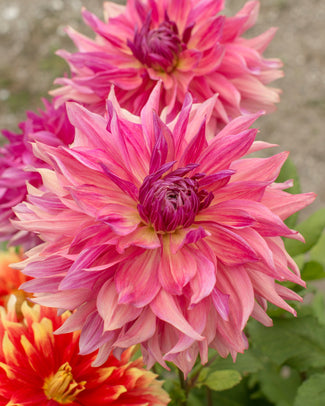
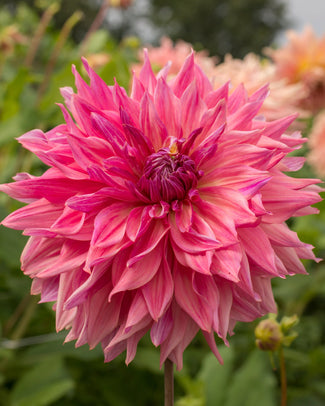
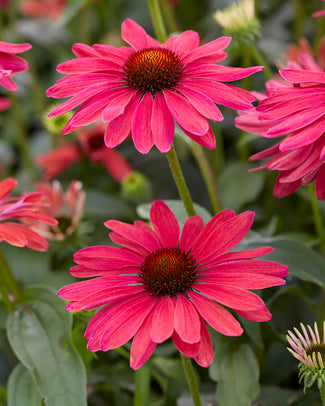
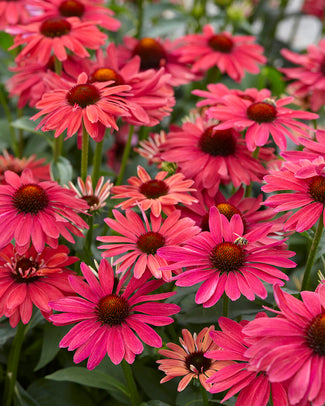
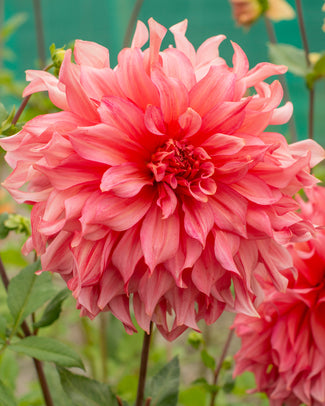
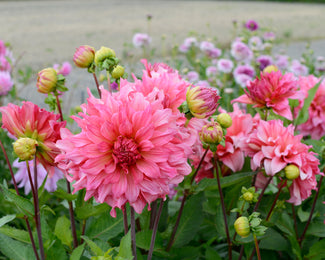
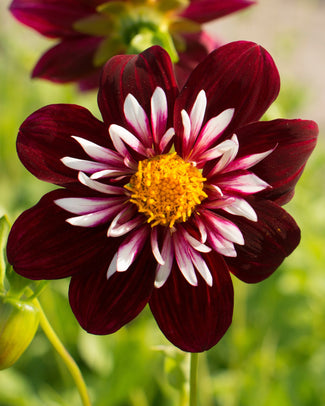
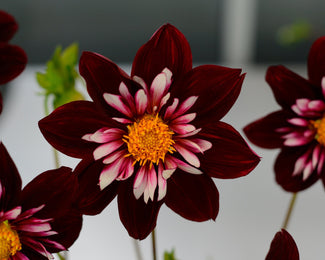
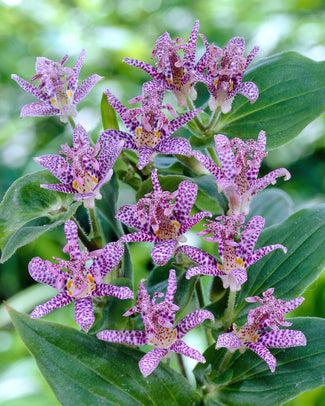
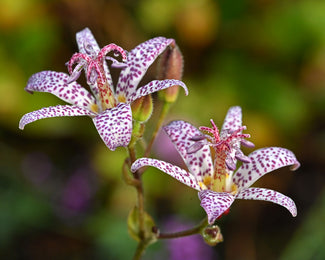
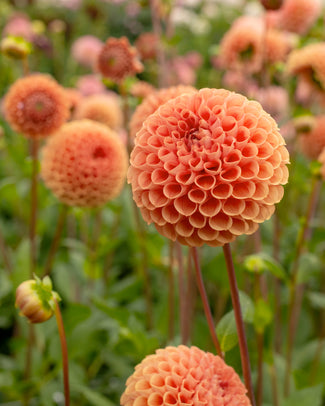
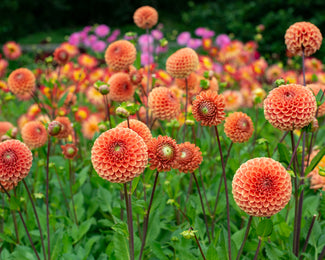
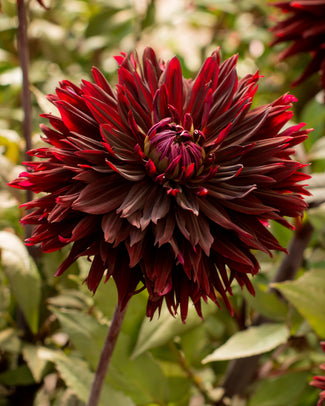
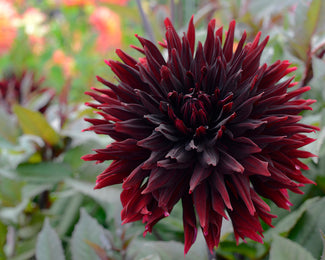
![Agapanthus 'Black Buddhist' []](http://www.farmergracy.co.uk/cdn/shop/products/agapanthus-black-buddhist-1_325x.jpg?v=1575625838)
![Agapanthus 'Black Buddhist' []](http://www.farmergracy.co.uk/cdn/shop/products/agapanthus-black-buddhist-4_325x.jpg?v=1627464050)
